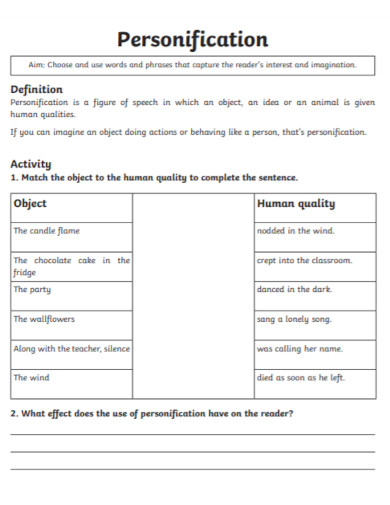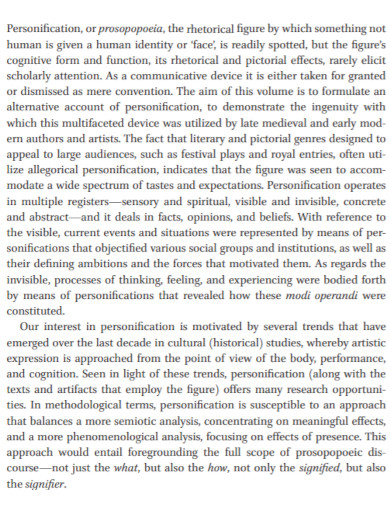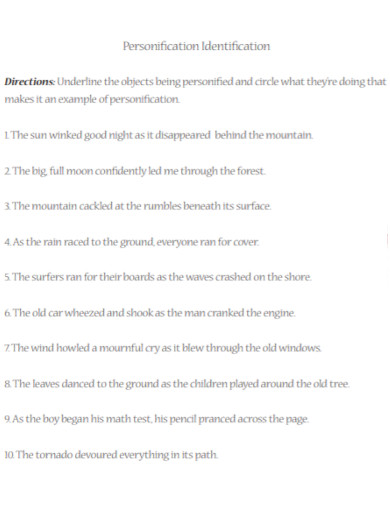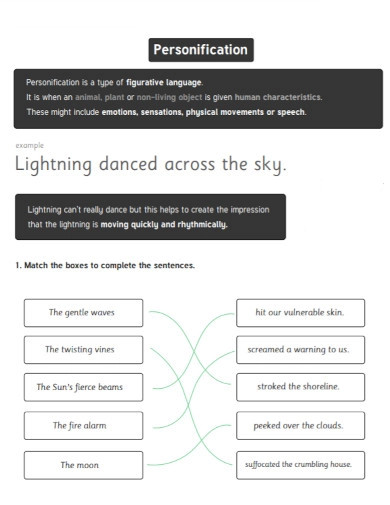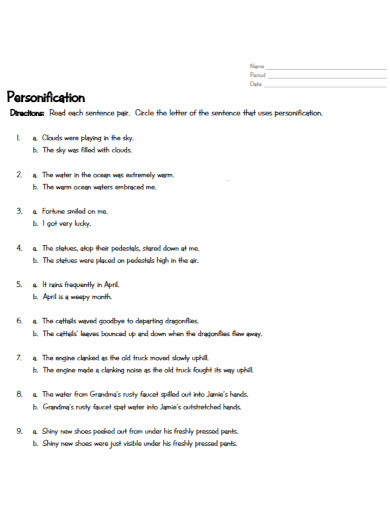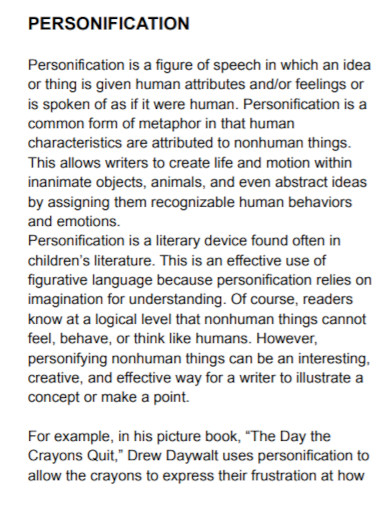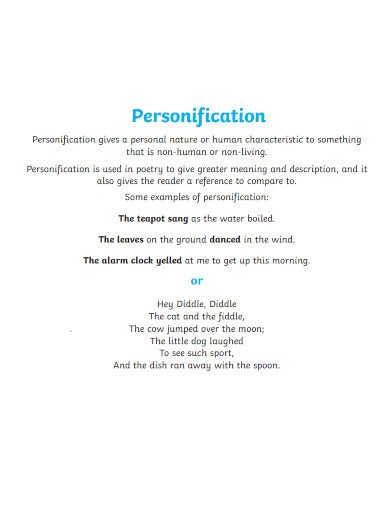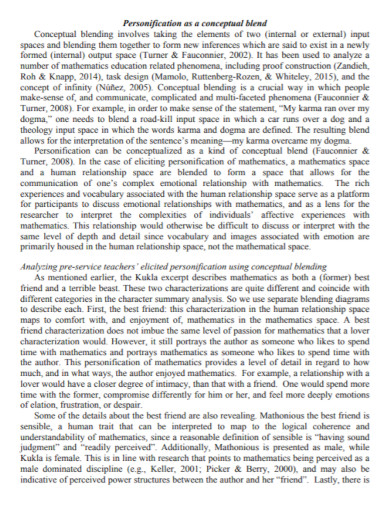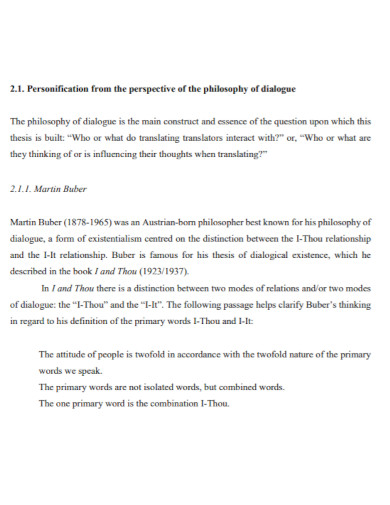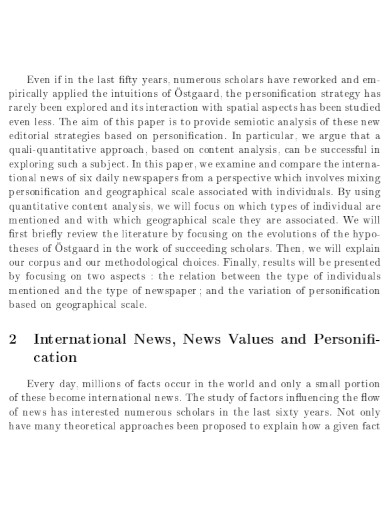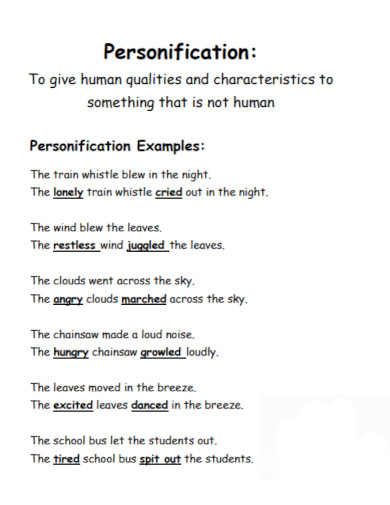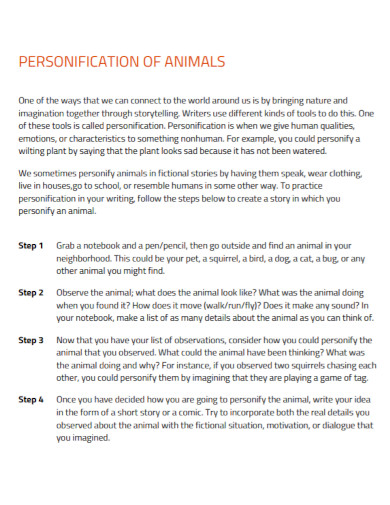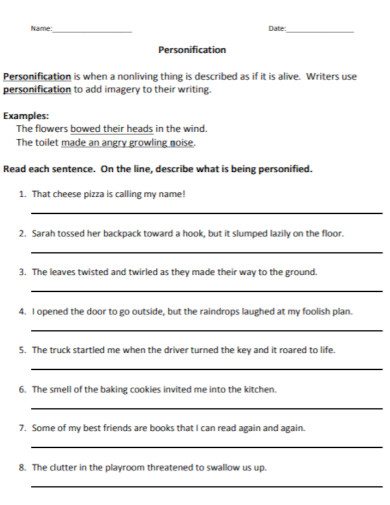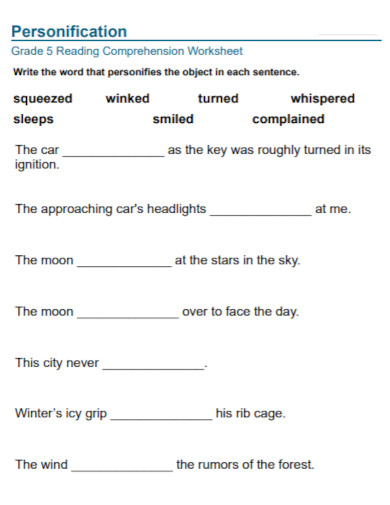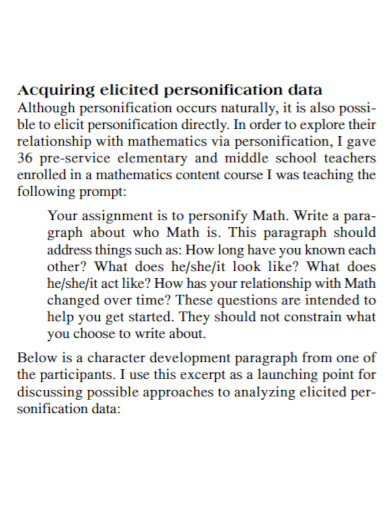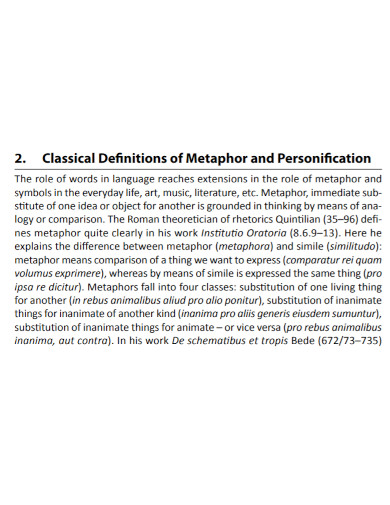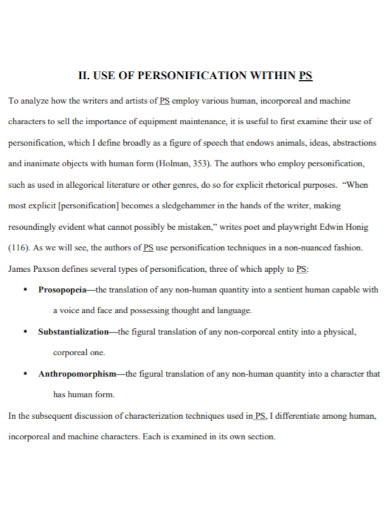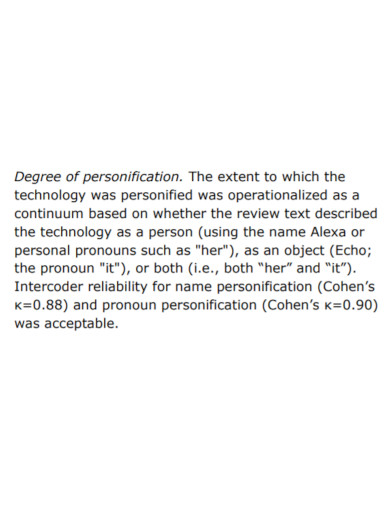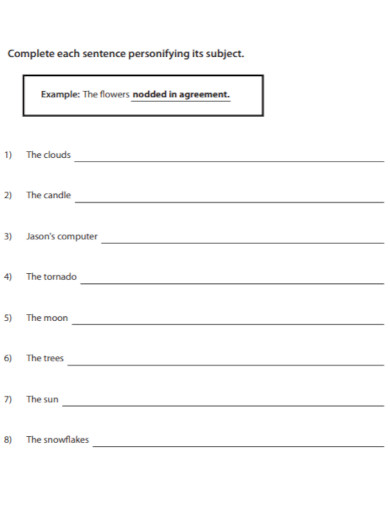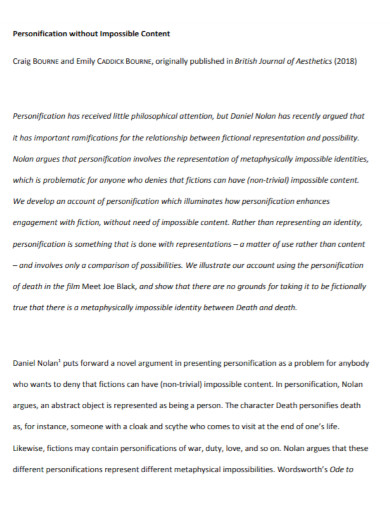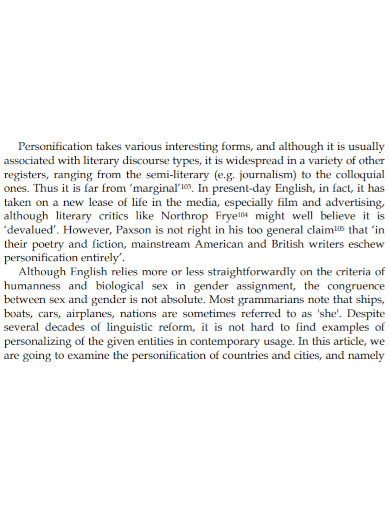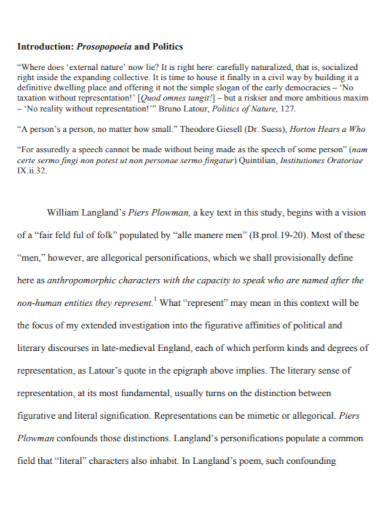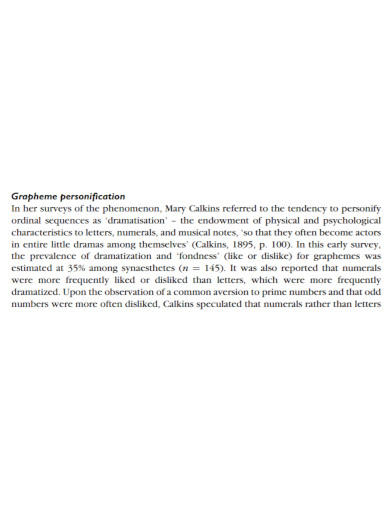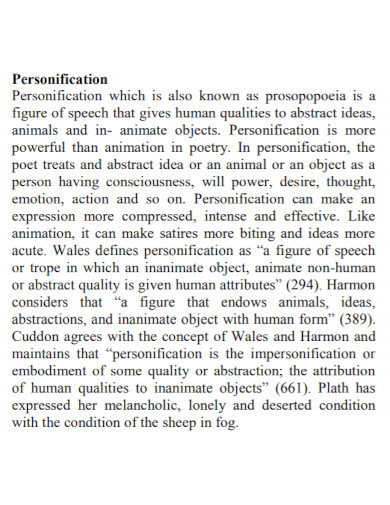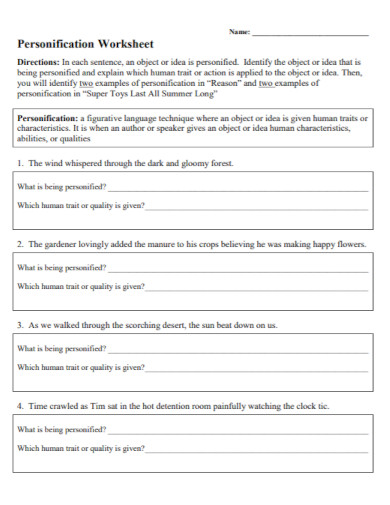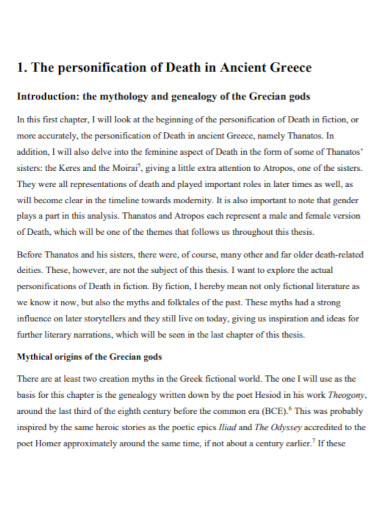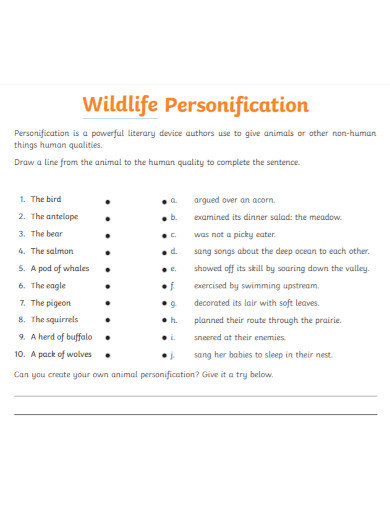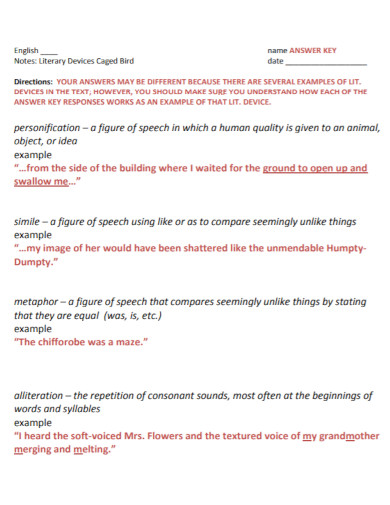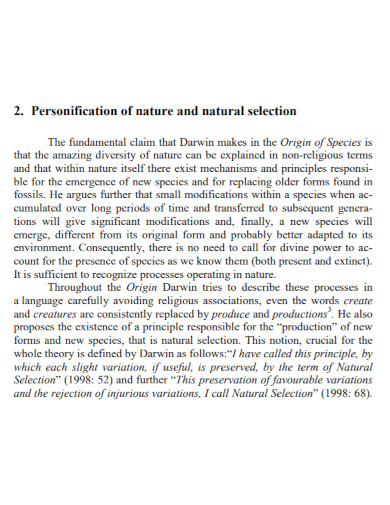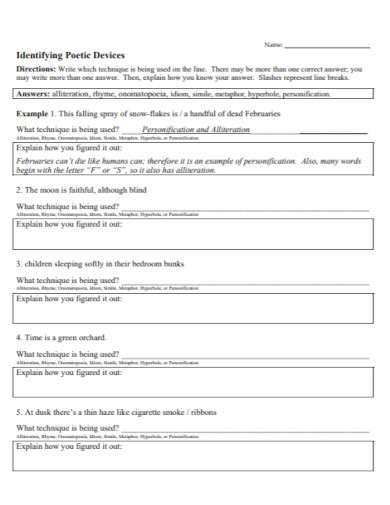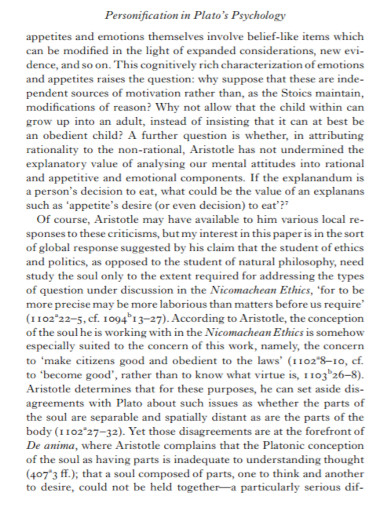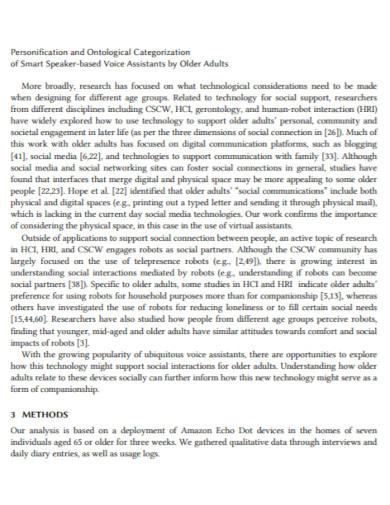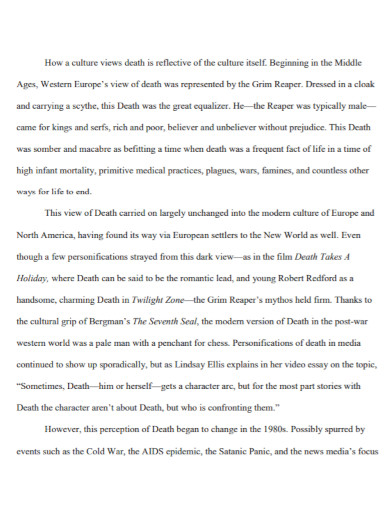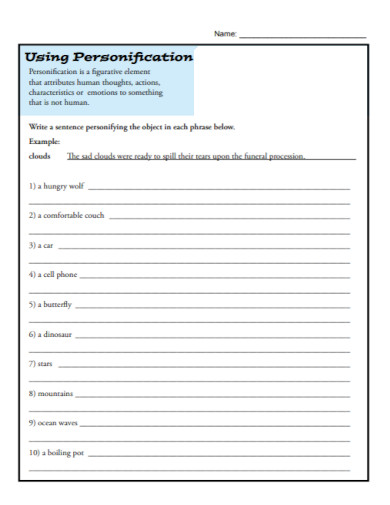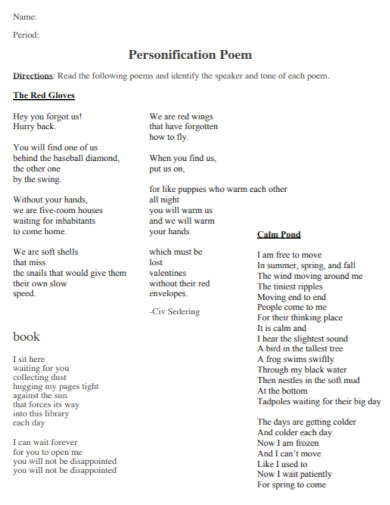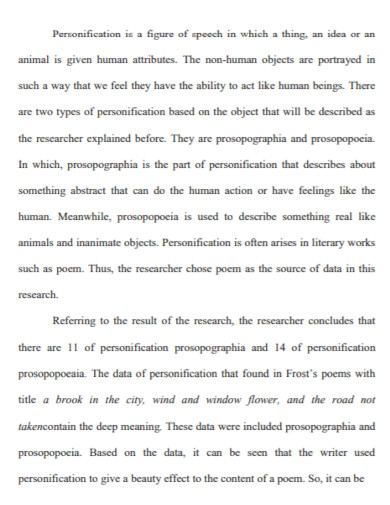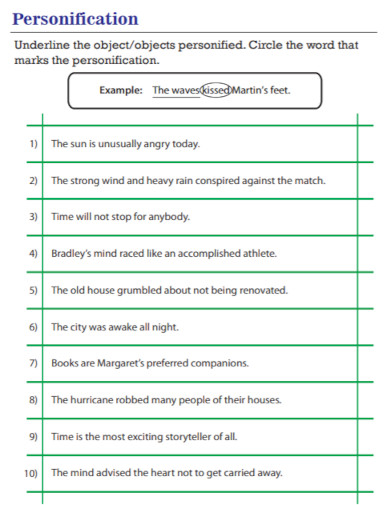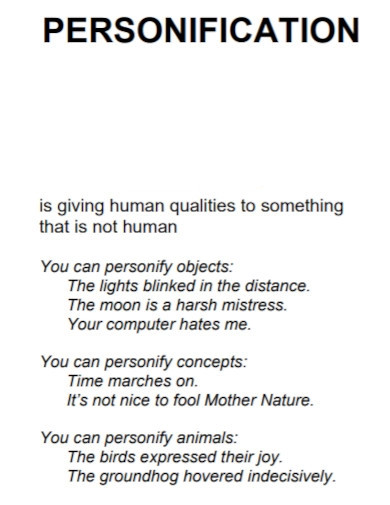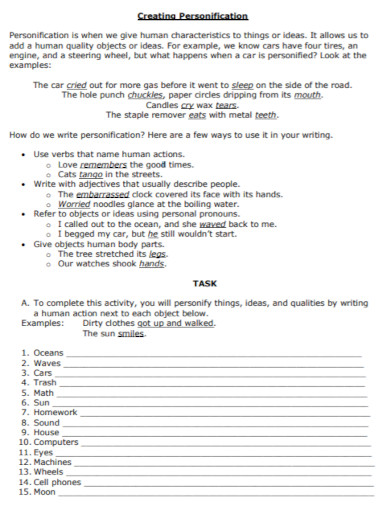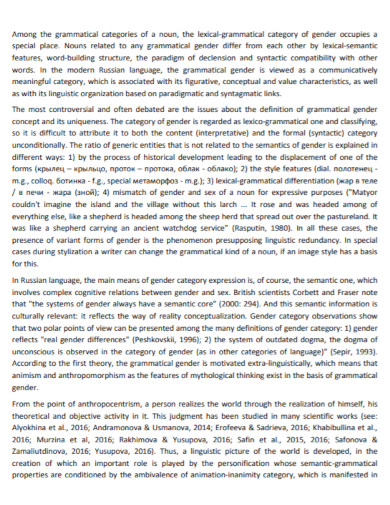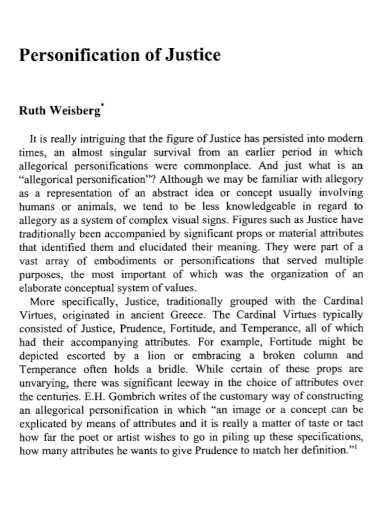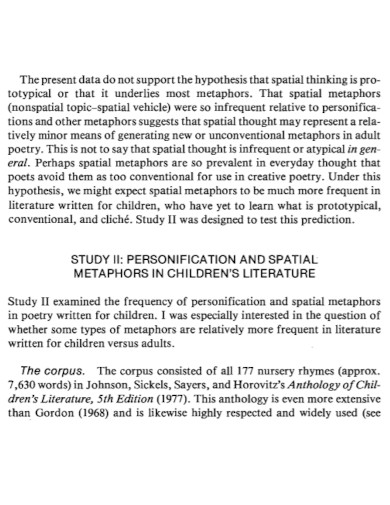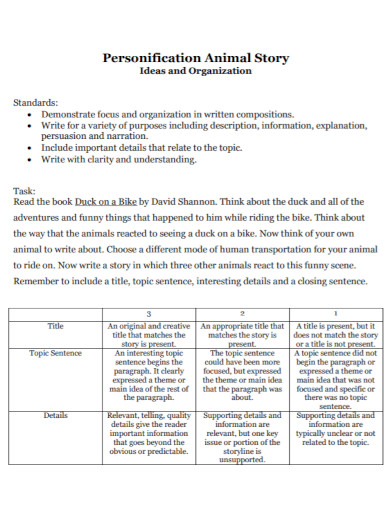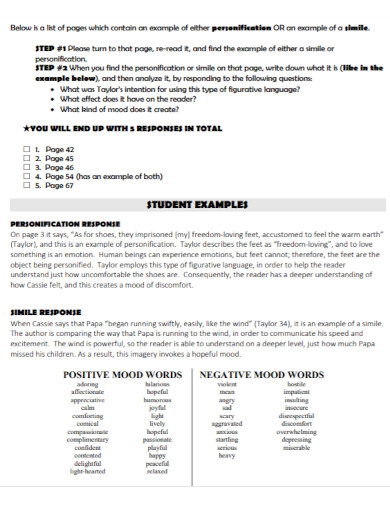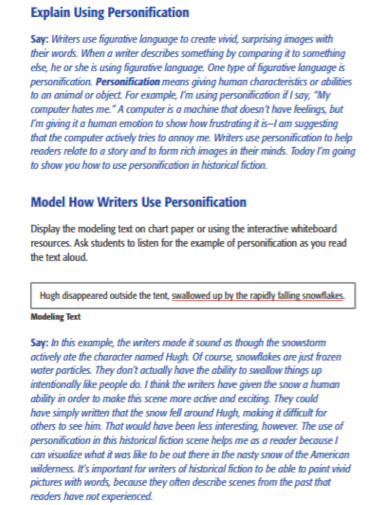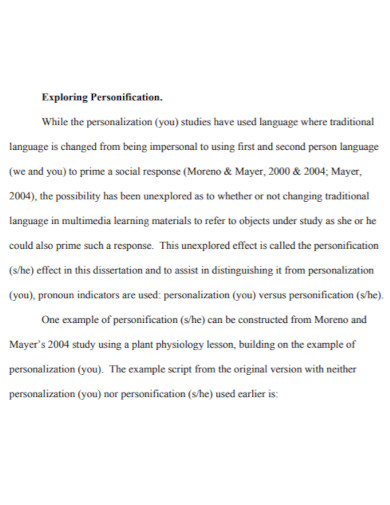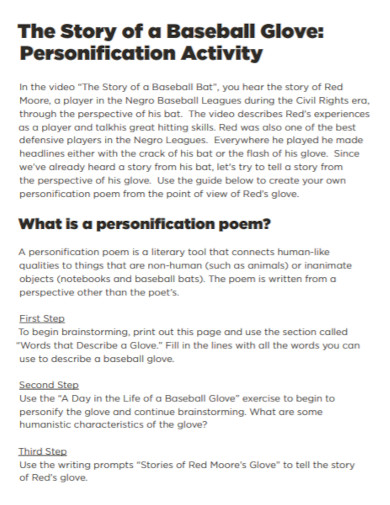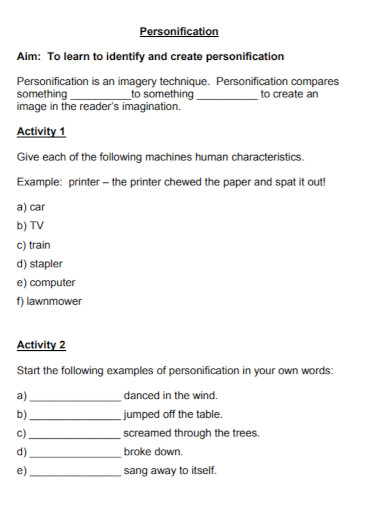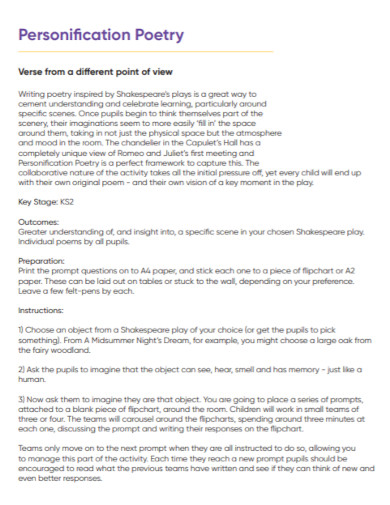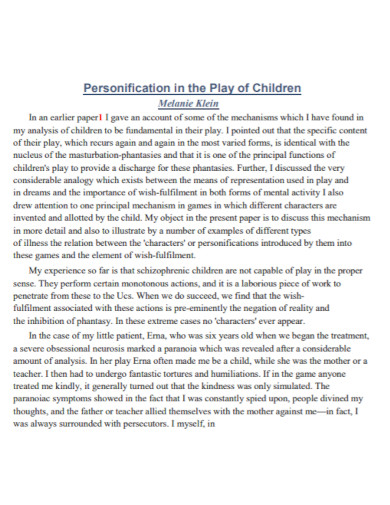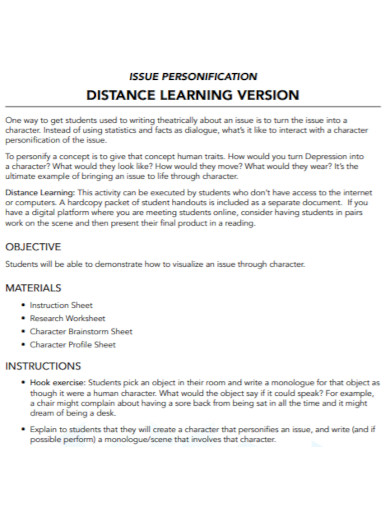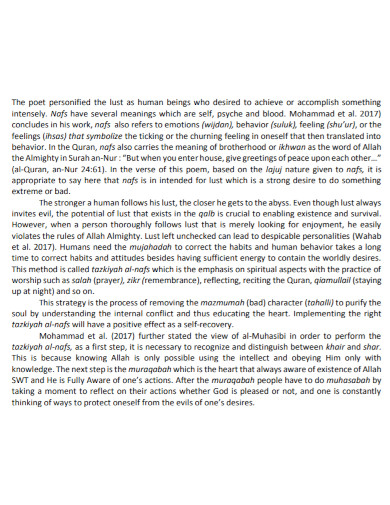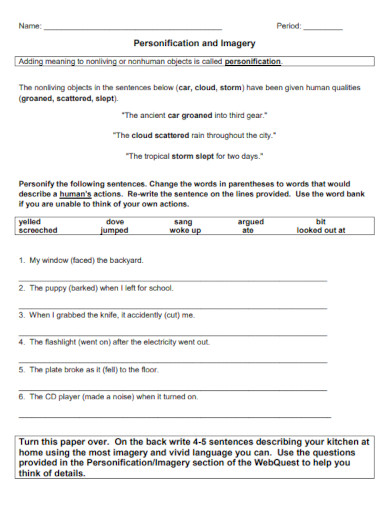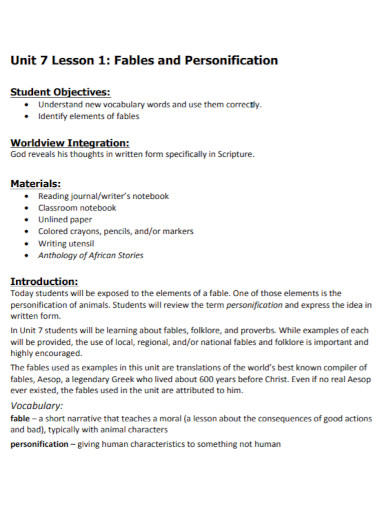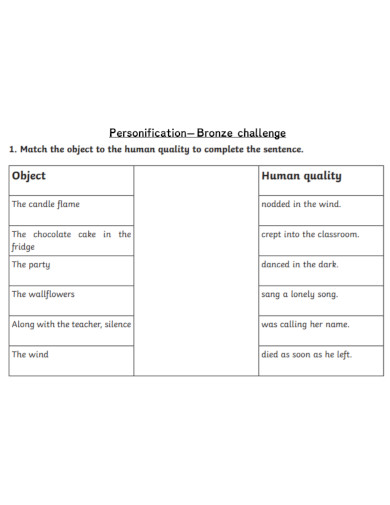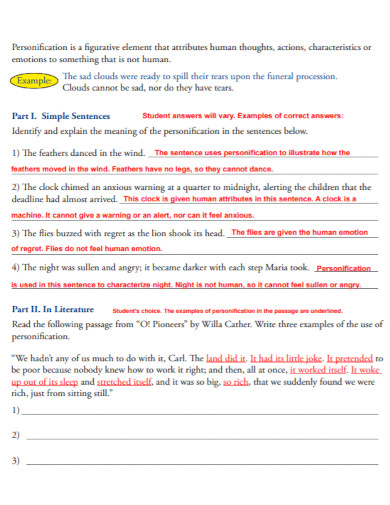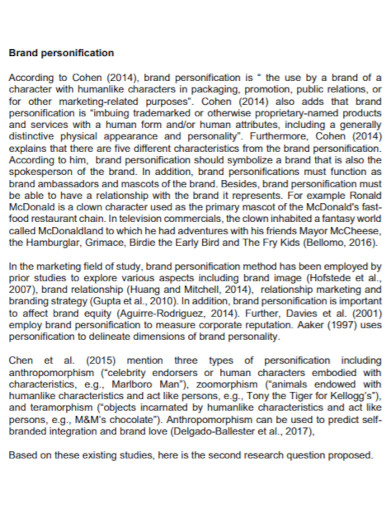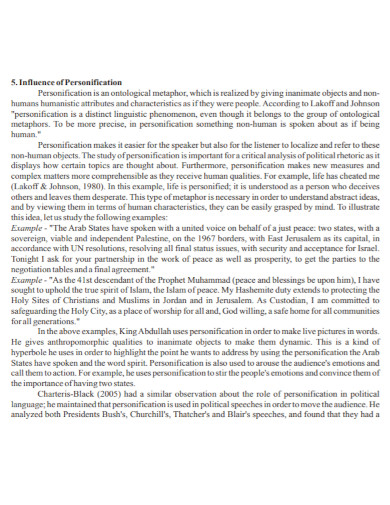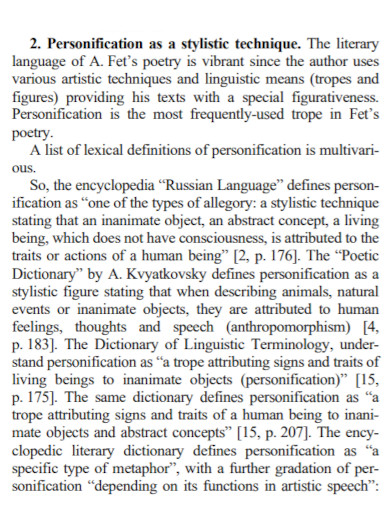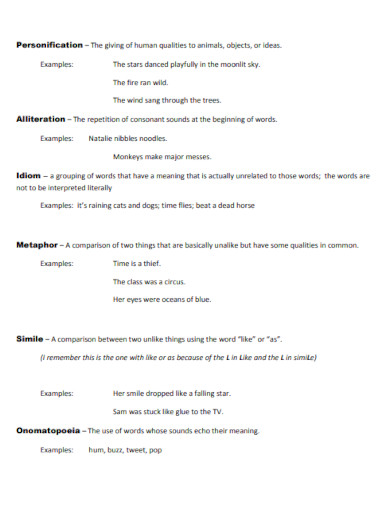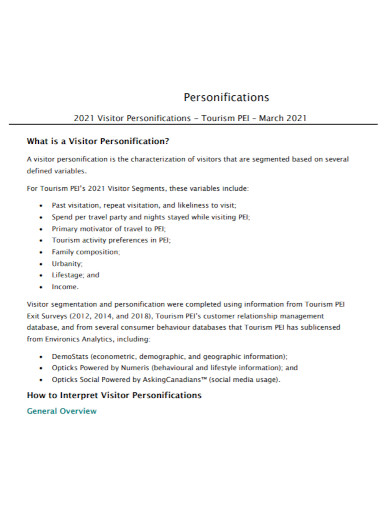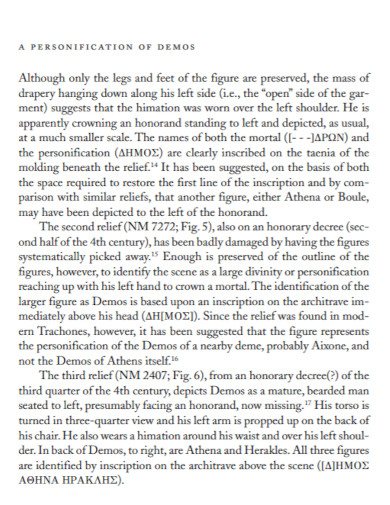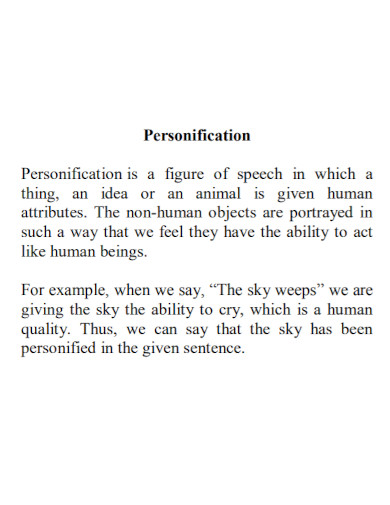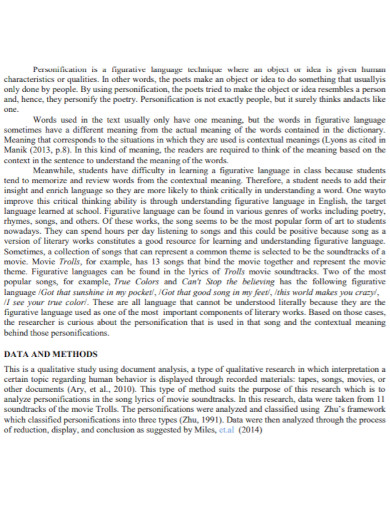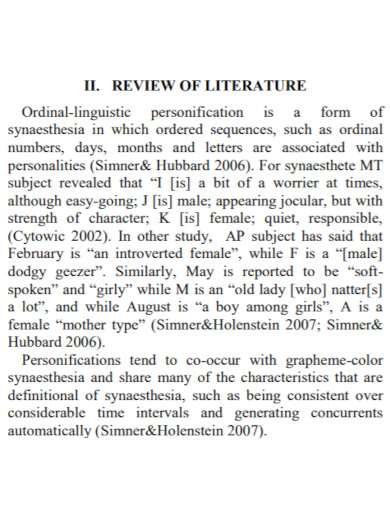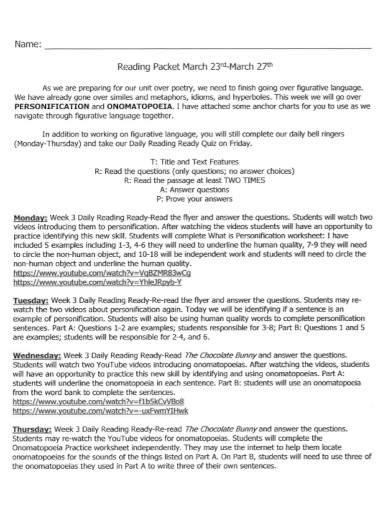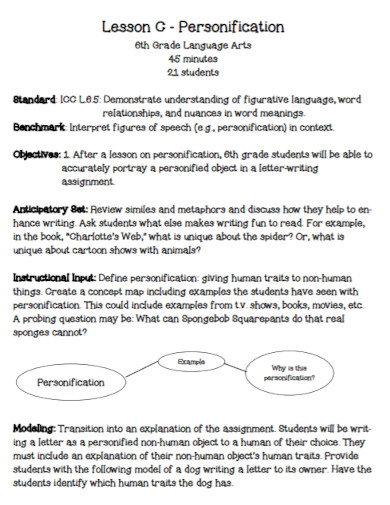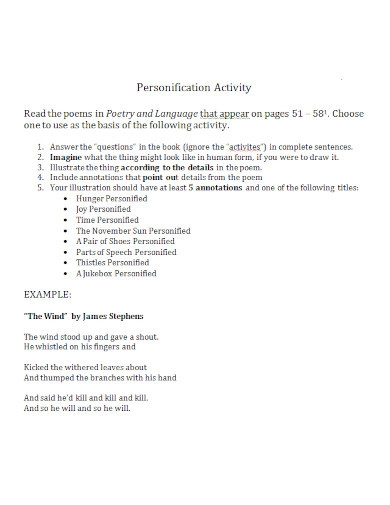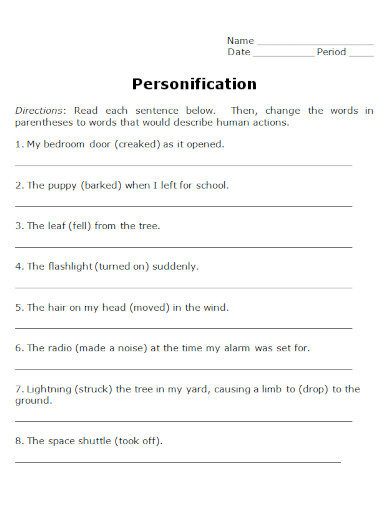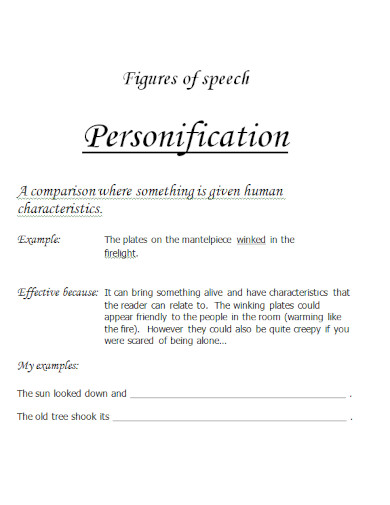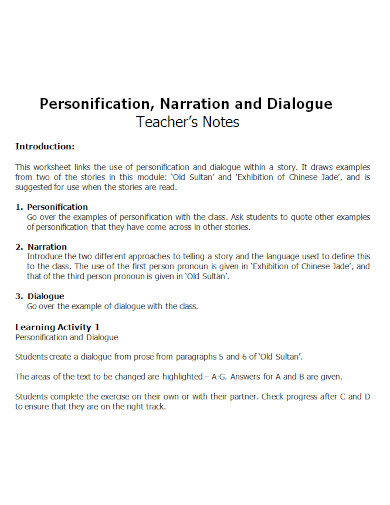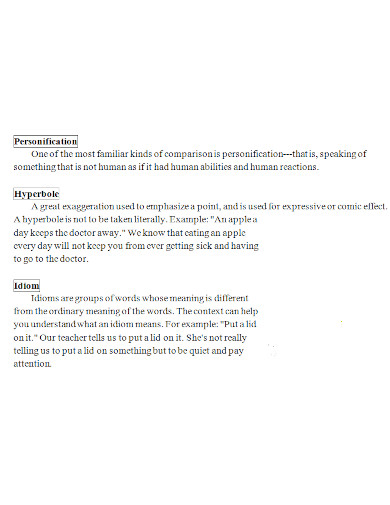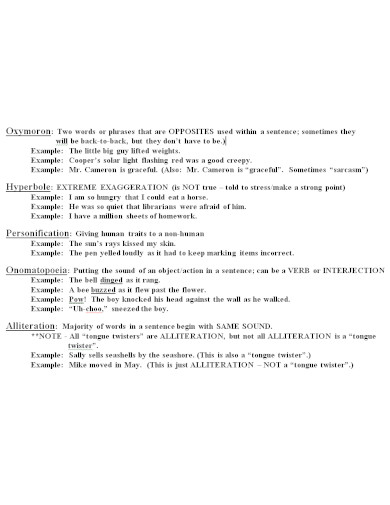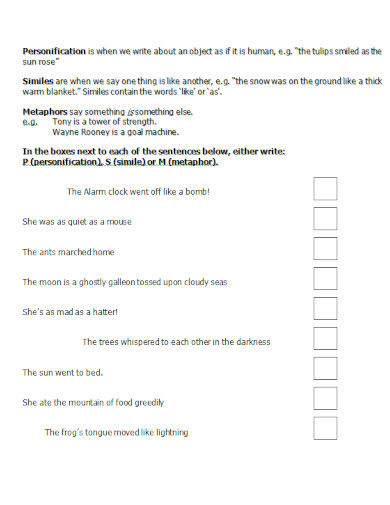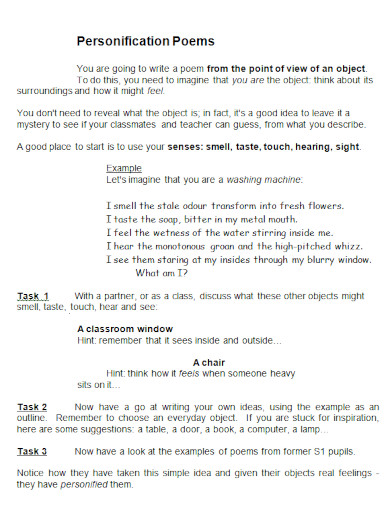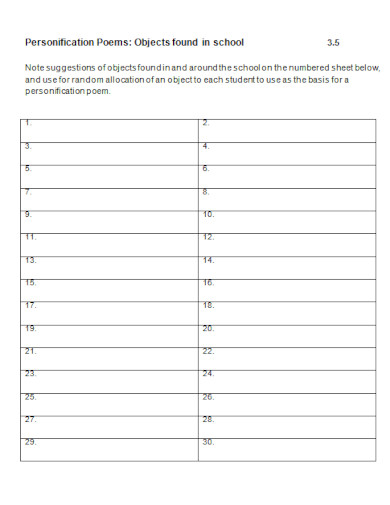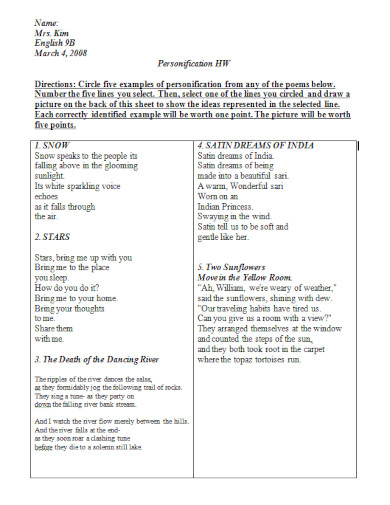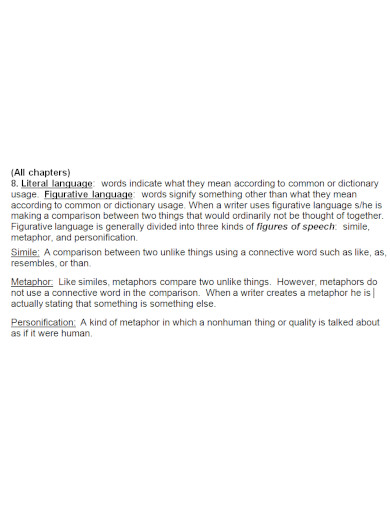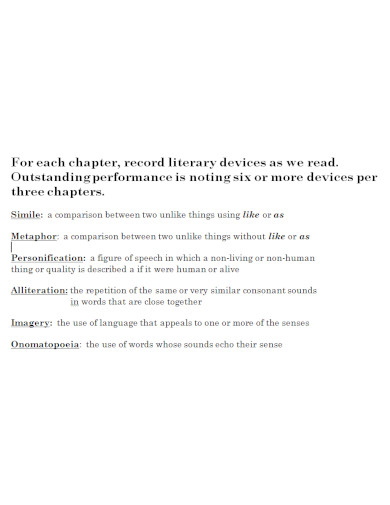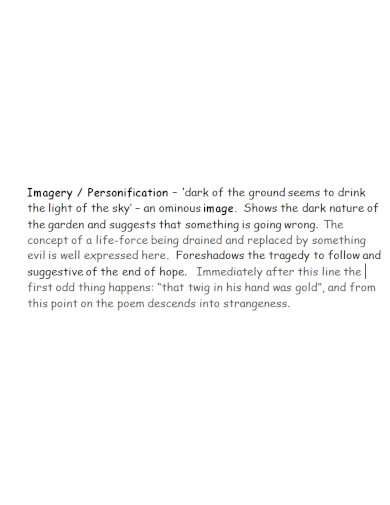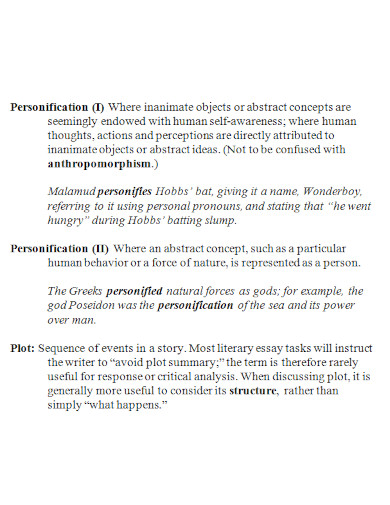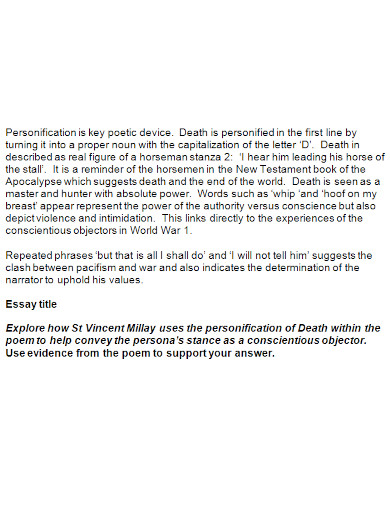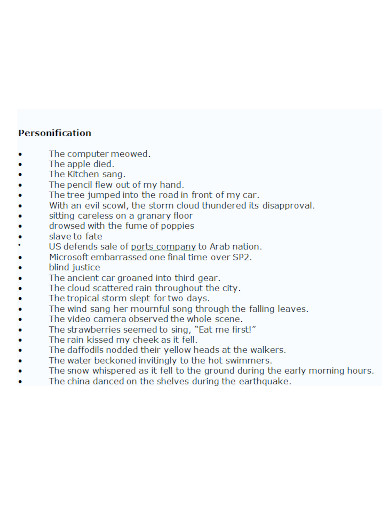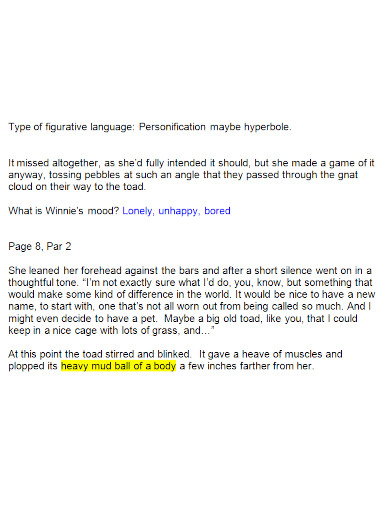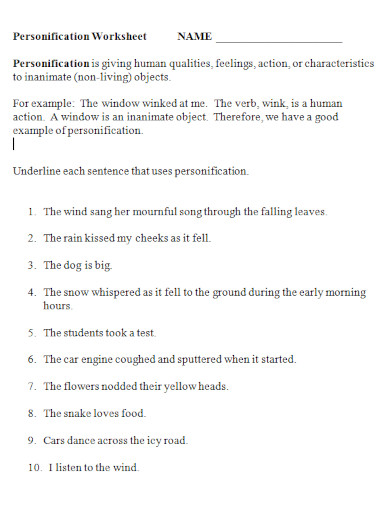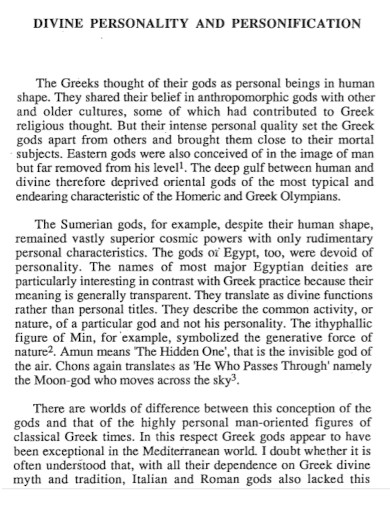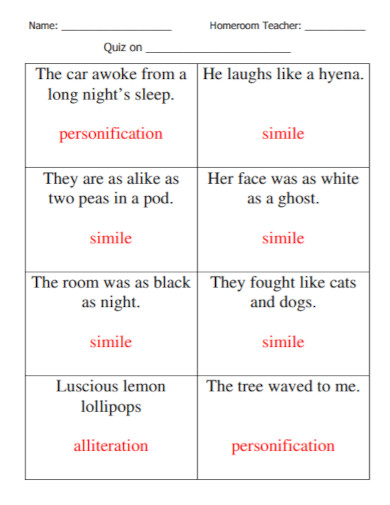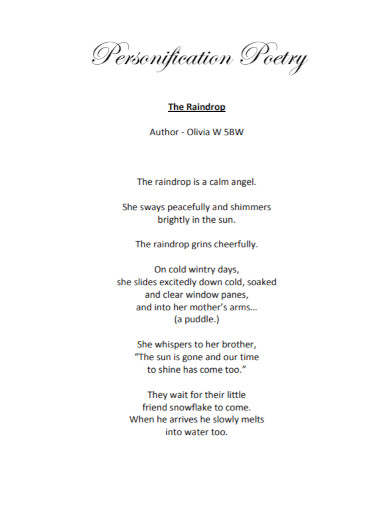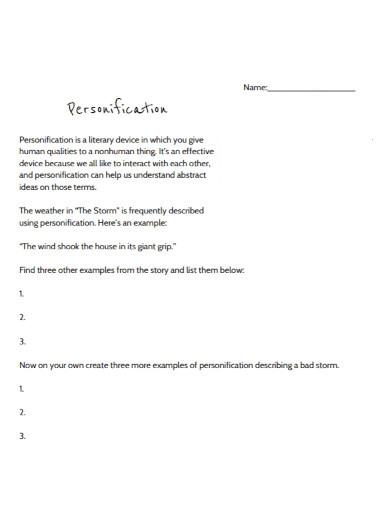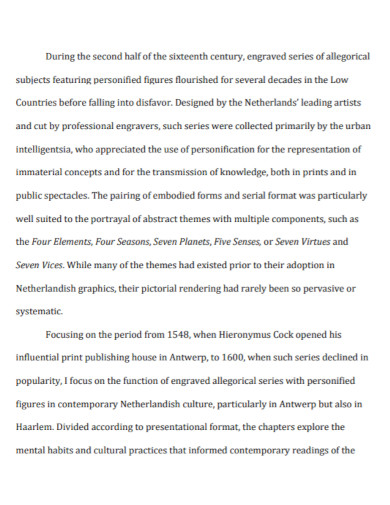100+ Personification Examples
There are many ways to provide one’s audience with an entertaining and creative story. Personification is a common technique many writers and speakers use to provide objects and animals with human characteristics and nuances.
100+ Personification Examples
1. Personification Template
2. Rhetorical Personification
3. Personification Identification
4. Figurative Personification
5. Basic Personification
6. Personification Speech
7. Poetry Personification
8. Personification as a Conceptual Blend
9. Analysis of Personification
10. University Personification
11. Personification in International News
12. Personification Examples
13. Personification of Animals
14. Personification Worksheet
15. Personification Comprehension Worksheet
16. Personification Data
17. Metaphor and Personification
18. Employee Personification
19. Degree of Personification
20. Subject Personifications
21. Personification without Impossible Content
22. Personification in English
23. Politics of Personification
24. Grapheme Personification
25. Human Personification
26. Simple Personification Worksheet
27. Personification of Death in Ancient Greece
28. Wildlife Personification
29. Personification with Examples
30. Product Personification
31. Personification of Nature
32. Personification Poetic Devices
33. Personification in Psychology
34. Object Personification in Autism
35. Personification and Ontological Categorization
36. Personification of Death
37. Using Personification
38. Personification Poem
39. Standard Personification
40. Personification Objects
41. Simple Personification
42. Creating Personification
43. Persons and Personification
44. Personification in Art Context
45. Personification of Justice
46. Personification in Children’s Literature
47. Personification Animal Story
48. Students Personification
49. Draft Personification
50. Exploring Personification
51. Printable Personification
52. Personification Activity
53. Personification Poetry in PDF
54. Personification in the Play of Children
55. Personification Objective
56. Literary Skill Personification
57. Human Quality Personifications
58. Personification in PDF Template
59. Personification and Imagery
60. Fables and Personification
61. Structured Personification
62. Simple Sentences Personifications
63. Brand Personification
64. Influence of Personification
65. Personification as a Stylistic Technique
66. Personification Notes
67. General Personification
68. Personification of Demos
69. Formal Personification
70. Personification Format
71. Personification at Indian Glance
72. Personification of Weather
73. Standard Personification Example
74. Personification Language Arts
75. Personification Examples in English
76. Personification Activity in DOC
77. Basic Personification Example
78. Personification Handout
79. Human Characteristics Personification
80. Personification Teacher’s Notes
81. Personification and Idiom
82. Personification Onomatopoeia in DOC
83. Personification Sentences Template
84. Examples of Personification
85. Personification Poems with Examples
86. School Personification Poems
87. Sample Personifications
88. Metaphor and Personification in DOC
89. Personification Literary Devices
90. Personification Imagery
91. Personifications Phases in DOC
92. Personification Poetic Device
93. Personification Examples in DOC
94. Personification Figurative Language
95. Personification Hyperbole
96. Personification Worksheet in DOC
97. Personification Template in PDF
98. Simple Personification Example
99. Sample Personification Poetry
100. The Storm Personification
101. Personification Presentation
What Is a Personification
Personification is a literary and rhetorical technique where the person will provide human descriptors and traits to an inanimate object or an inhuman animal. One can even make a story without any humans through the strategic use of personification.
How to Use Personification in Poem Writing
Personification is one of the best ways to provide a creative description of an object or an animal. If you need a reference, you may use any of the personification templates, personification examples, and personification samples on the list above.
Step 1: Determine if You Need to Use Personification in Your Poem
The first step you should take is to determine whether or not you will need to use personification in your poem. This is because personification can take a single statement, which can mess with some of the structure of different types of poems.
Step 2: Choose the Word or Noun You Want to Describe
After you determine if you can use personification in the poem, you want to begin by choosing a word or noun that you will try to personify. Be sure that the chosen noun or word is an inhuman or an inanimate object.
Step 3: Find the Human Descriptor You Want to Attach to the Chosen Word
When you have finished choosing the word you want to describe, be sure to find the human descriptor you want to attach or describe the chosen object with. If you need a reference, you may use any list of human descriptors or traits you can find on the internet.
Step 4: Create the Personification
Create the personification by creating a sentence with the word and its descriptor. If you need to use more personification in your poem, you may repeat steps 2 and 3 until you are satisfied with the result.
FAQs
What is the difference between personification and metaphor?
Personification is a figure of speech that allows the person to try and give animals and other non-human entities human traits. This figure of speech allows the audience to observe vivid imagery the person has woven into their text or speech. The use of personification in one’s work will elevate the creativity of the final output. A metaphor, on the other hand, is a method of comparison that allows the person to compare and liken two unlike things to one another. (see simile, antithesis, and juxtaposition) The main point of personification is to provide non-human objects with a human-like theme and context, while a metaphor tries to compare two, unlike things to one another.
What is chremamorphism?
Chremamorphism is a literary device that allows the person to give characteristics of inanimate objects to living people or animals. This technique acts as the juxtaposition of personification. Like personification, chremamorphism can elevate the text the person uses this technique on as it will increase the quality of the imagery in the output. One can also use chremamorphism to make personalized and abstract observations that will allow the target audience to relate more to the output and its theme. In conclusion, chremamorphsim is a technique people use to provide and assign abstract characteristics of inanimate objects.
Why do people use personification in their poems?
Poems, like acrostics, haikus, and sonnets, personalize and creative texts that may or may not have a specific syllabic structure and rhyming scheme. A poem is extremely subjective, which means it has complex nuances that are only true to the person creating and interpreting the poems. Because of these nuances, poets often incorporate various figurative language into their poems. Personification is one of the best ways for a poet to express their point of view in a creative and nuanced way.
Personification is a literary technique or a rhetorical device the person uses to let inhuman entities and objects have human qualities and characteristics. A well-made personification can make a lasting impression and impact on the audience observing the output. Therefore it is important for the person to properly know and understand the uses of personification in improving one’s written or spoken output.



